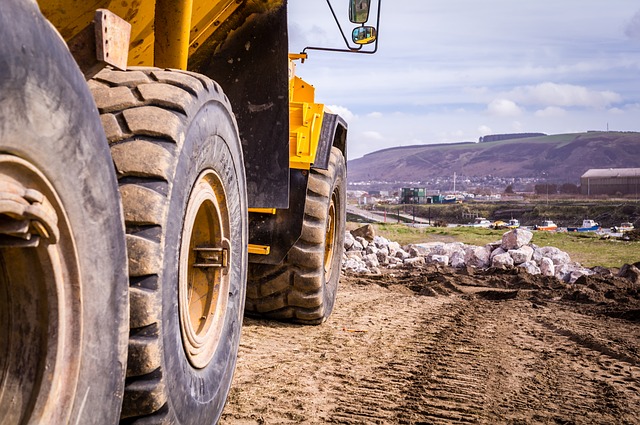If you’re an employer, you know that site safety training is essential to keeping workers safe on the job. After all, OSHA requires that employers provide such training. But in today’s fast-paced workplace and business world, not all employers feel that site safety training is a high enough priority to make it a focus of their company’s HR efforts.
They might argue that training your employees on safety procedures is boring, unnecessary busywork. But as with most things in business, skipping site safety training will cost you more than it saves you in the long run. This blog post will discuss why site safety training is necessary for your workers and your company.
OSHA Site Safety Training Requirements
Before we get into the importance of site safety training, let’s talk a little about the requirements employers have to follow regarding this type of training. To start with, the Construction Safety and Health Act (also known as the OSH Act) requires a site safety training program for all employees who work on construction sites with any hazards.
Any hazards, not just extreme ones, like the need for fall protection or breathing masks. The OSH Act also requires that employers provide a private area for each employee to receive this training and any supplies or equipment required.
OSHA: The Basics of Site Safety Training
The OSH Act lays out a few basic requirements for the site safety training that your site safety program must include. Namely, your site safety program must:
– Cover each type of hazard workers may encounter on the job site.
– Include information on how to recognize the hazards, what the risks are, and how to protect against those hazards.
– Include information on the correct procedures for using equipment like respirators, fall protection gear, and any other safety gear relevant to the job site.
Again, the information used in this program should include any hazards that may be present at the job site, not just extreme ones. For example, if you’re working on a job site with dust, the site safety program should include information on how to protect against the hazards dust can cause (e.g., breathing issues or allergic reactions).
Why is Site Safety Training Important?
As we’ve discussed, OSHA requires employers to provide site safety training to workers on job sites with hazards. Why would you want to go beyond that and prioritize site safety training in your company’s HR efforts?
– It Reduces Accidents on the Job – Site safety training helps workers understand the risks of their job site and the hazards they may encounter. It also teaches them about proper protection methods and procedures for preventing or dealing with accidents or injuries.
– It Reduces Workers’ Compensation Insurance Costs – Workers’ compensation insurance is an insurance policy employers have to pay for as a form of worker compensation. This coverage pays for medical bills, lost wages, and other expenses related to an employee’s injury. Site safety training can help reduce these costs, reducing the number of workers’ compensation claims your company receives.
– It Helps Retain the Best Employees – A lack of site safety training can lead to accidents that cost your company money and dissatisfied employees who want to leave. Workers who don’t feel safe on the job are likely to feel overly stressed and anxious. This can lead to poor performance, decreased productivity, and higher turnover rates.
Site Safety in the Workplace and on Worksites
While the dangers of the job site are often highlighted in discussions about site safety training, another important aspect of this training is learning how to protect workers on the worksite.
Workers on a construction site, for example, may encounter additional hazards that are present on site. Still, they may also encounter hazards that are present in the environment in which they are working.
For example, many construction workers wear respirators as their standard protection equipment. Respirators protect workers against many different harmful gases and various types of dust and particles. However, some chemicals may also be present on the worksite and thus harm workers even when they are wearing respirators.
How to Protect Your Employees Through Site Safety Training
There are a few ways that you can protect your employees through site safety training. First, you can create a safety program and set safety goals for your company. This can go a long way in helping you prioritize safety and build a culture of safety at your company.
Next, you can reduce the risk of accidents by emphasizing safety during hiring. This means screening potential employees for their experience and qualifications in the industry. It also means not hiring anyone unless they can prove they have the proper skill set and knowledge to do the job safely without additional training.
Finally, by creating a training and certification program, you can ensure that everyone on your team gets the site safety training they need. This way, all employees (including managers, supervisors, and executives) will be adequately equipped with the knowledge they need to do their job safely.
Site safety training is integral to any company’s safety program and can help prevent accidents, injuries, and workers’ compensation claims. When employers invest in site safety training for their employees, they create a safer work environment for all workers, which can help reduce costs and increase productivity and profitability.
And as we’ve discussed, OSHA requires employers to provide site safety training for workers on job sites with hazards. However, beyond the OSHA guidelines, site safety training can help protect workers from various hazards and risks.


